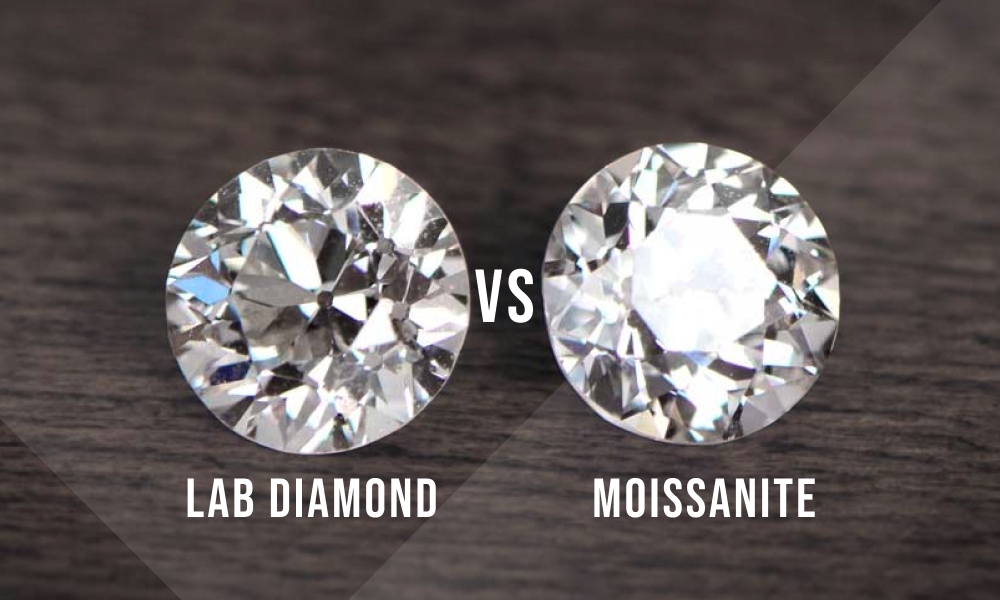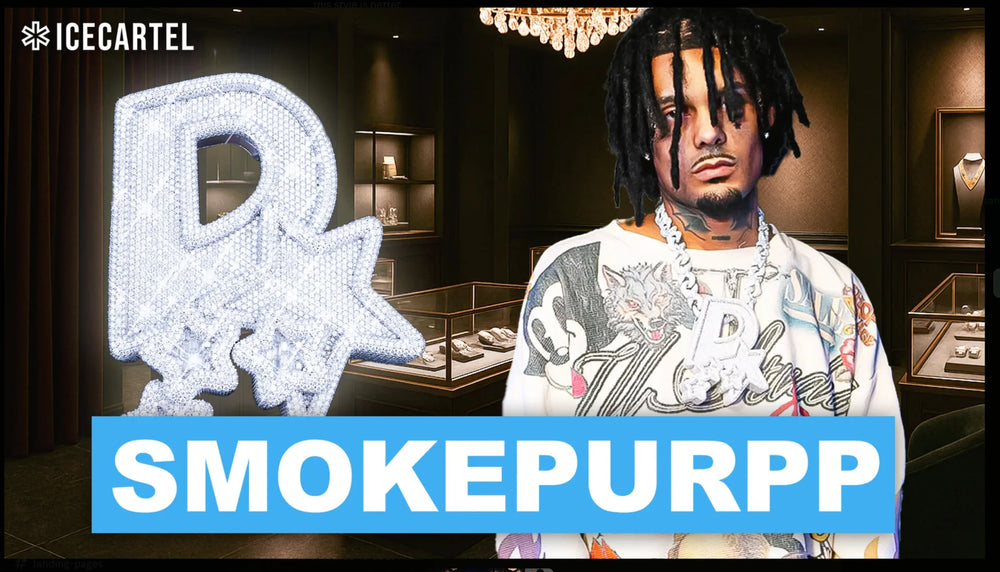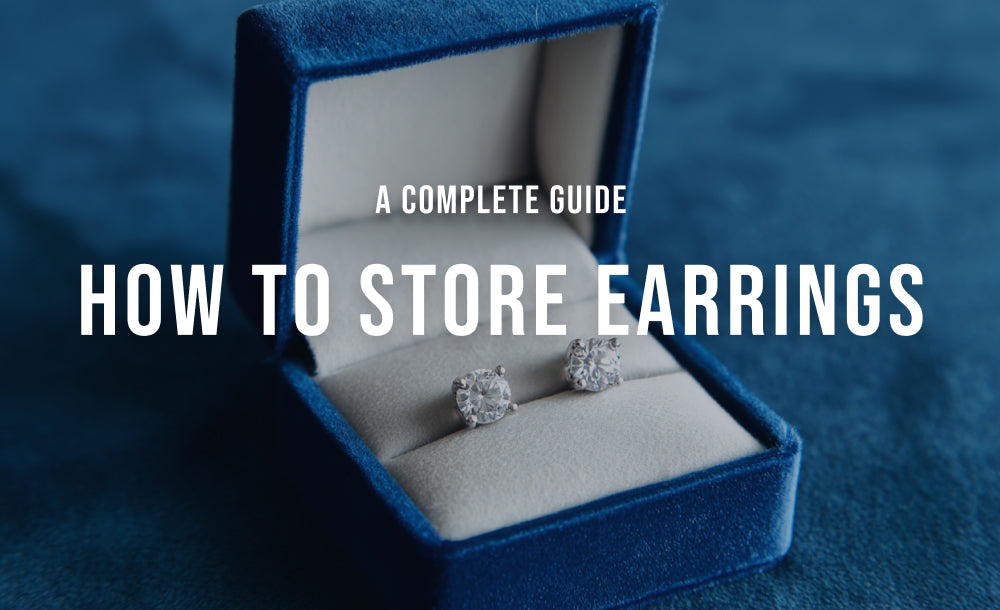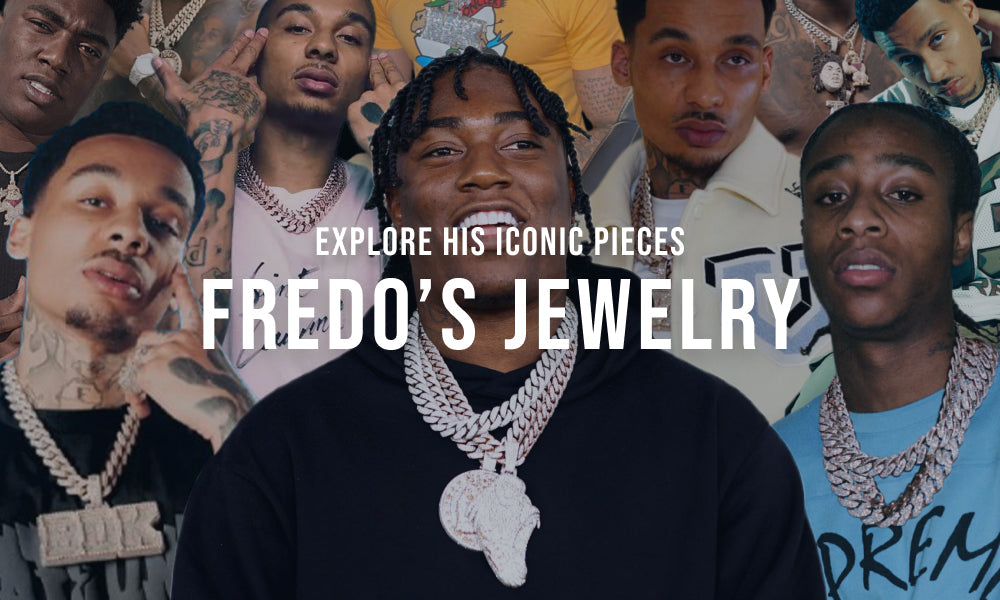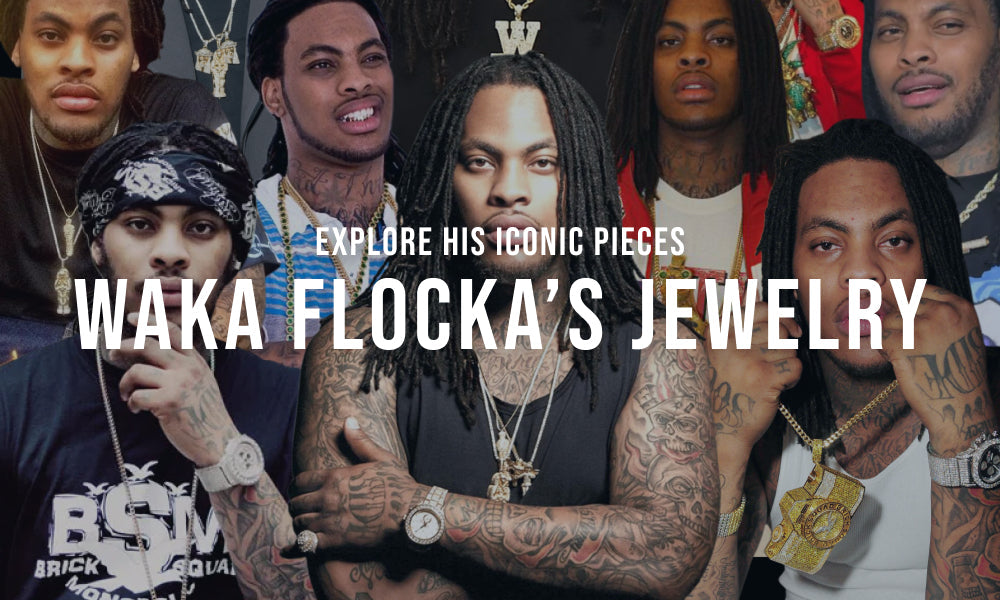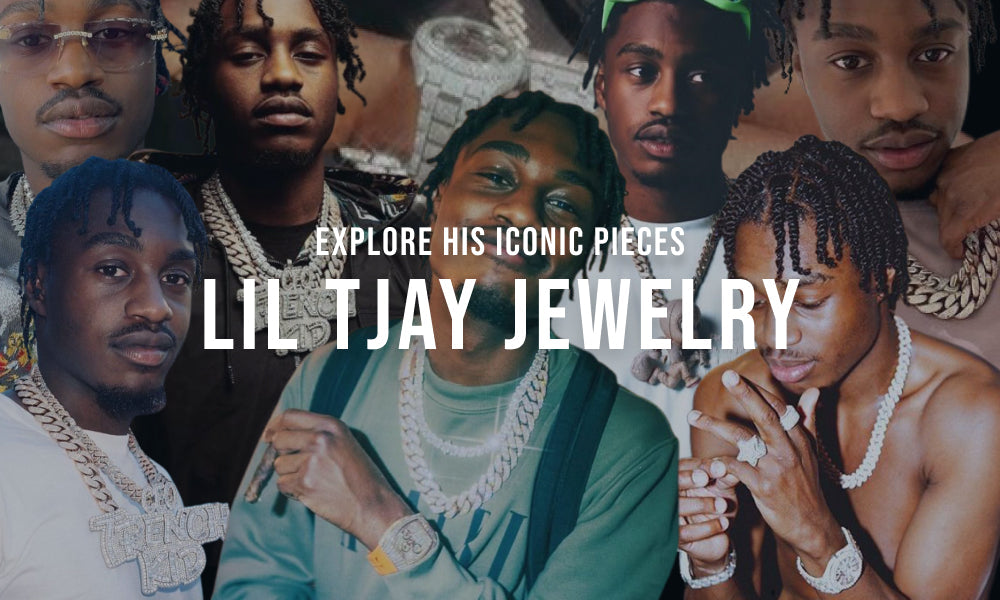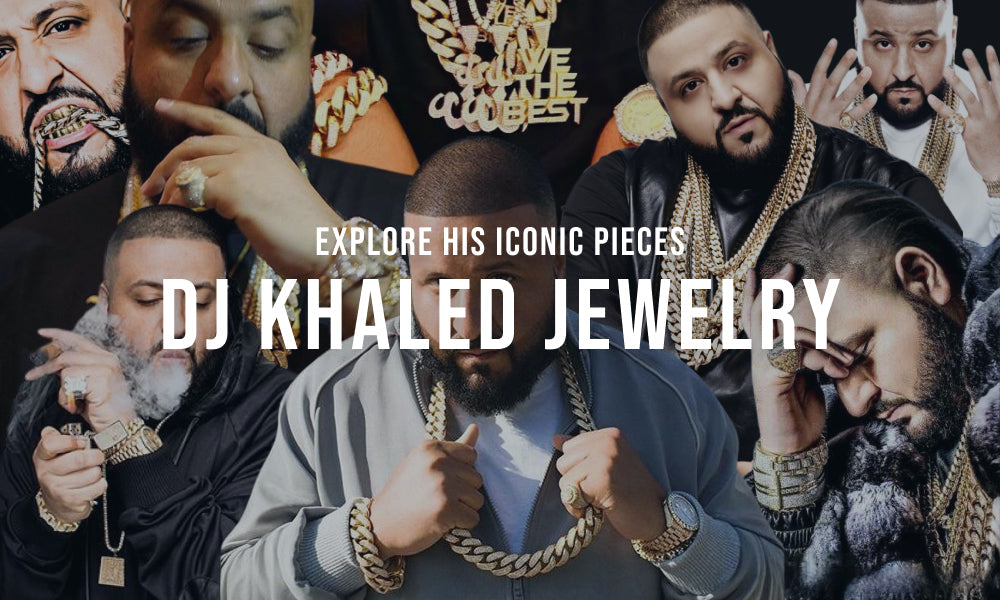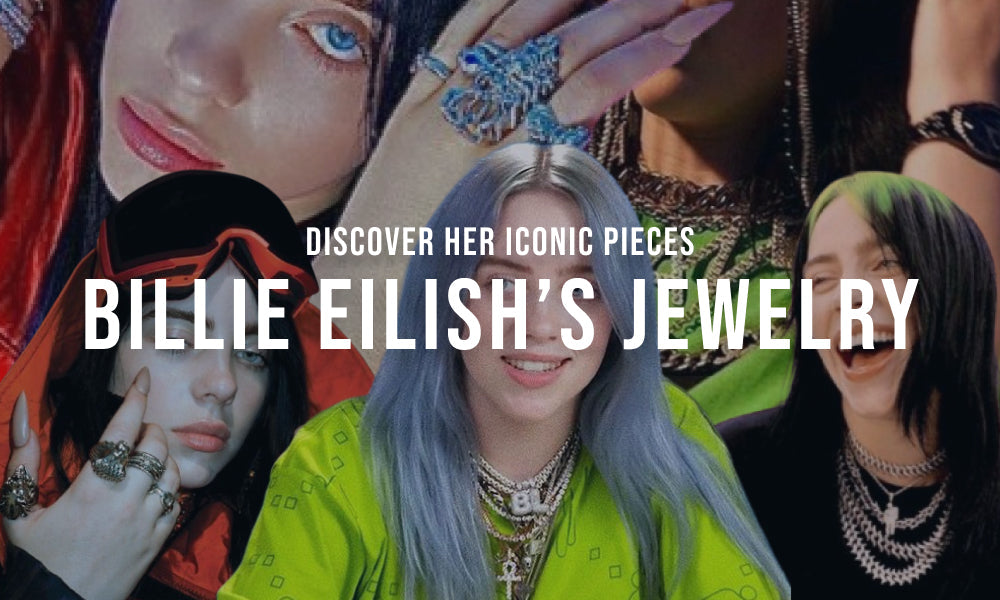Have you ever wondered what gold karat is, what different karats of gold are, and why they are available at various price points depending on the karat? This comprehensive blog post will dive deep into the luxurious world of gold, unveiling and defining the karat types for gold and gold jewelry.
How Gold Karat Works
Understanding gold karat is an important part of investing in your next fine jewelry design.
A gold karat is defined as a measurement of gold purity and its composition (or lack of) alloys. In other words, it's the amount of pure gold mixed with other less significant and valuable metals.
Gold Karat Scale
10k vs 14k vs 18k vs 24k gold, what is the difference?
The highest karat gold: 24 karat gold means the item or metal is 100% pure gold. Pure gold is very soft and exhibits a rich golden hue with reddish undertones or overtones, giving it a warm glow.
By itself, 24k gold is very soft and malleable, prone to denting, scratching, and damage. However, cultures worldwide will use 24k gold in their pieces as part of traditional designs. It is considered a sign of wealth and prosperity, passed down from generation to generation as an heirloom.
As less gold is mixed into a composition with alloys, the purity of gold decreases. This is depicted in the gold karat and given a numerical value. So, what is the best gold karat? The following paragraphs will outline the different gold karats.
The Importance of Alloy Metal
Gold is a noble metal. This means it is a stable metal and may be mixed with other metals without compromising its integrity. This also makes it perfect for jewelry and other decorative items. Mixing alloys such as copper, silver, and zinc is the most common, with sometimes palladium, nickel, zinc, manganese, tin, and aluminum.
Higher amounts of copper make “rose gold,” exhibiting a welcoming coppery color.
Gold is yellow on its own–coating gold with a rhodium finish gives it a “white gold” color. Over time, rhodium wears off, typically on the bottom of engagement rings and wedding bands because they are worn frequently. Getting a fresh new coat of rhodium makes it look brand new again, crisp with a rich white gold tone you fell in love with initially.
Different Karats of Gold

Below are the important factors that go into creating any specified gold karat:
9k Gold

9 karat gold contains the lowest percentage of gold with the ratio of gold being lower than the alloys. Lower-priced gold may be stamped 9k inside the ring’s shank, clasp, link chain, and other parts of the design. This increases the saleability of the item.
Purity: Gold: 37.5%, alloys (such as copper and silver): 62.5%
Color: 9k gold often has a slightly paler or more yellowish appearance due to the higher proportion of alloys in its yellow gold composition. However, some may prefer this gold karat, appearing on the "cool" scale.
Durability: 9k gold is less dense and shows signs of wear and tear than higher gold karats because of its considerable alloy-to-gold ratio.
9k gold is less ductile and malleable than higher gold karat because of its high alloy composition. In other words, 9k may be stiffer, not conforming to the finger or body, making it more susceptible to cracking.
9k gold is considerably harder and more resistant to scratching and denting than pure 24k gold because of the significant percentage of other metals.
Usage: 9k gold can be fashioned into different designs such as rings, chains, pendants, and more. 9k gold chains are durable and tough, perfect for wearing daily. Shopping for chain links and necklaces and don’t know where to start? Check out our blog, "Types of Chain Necklaces: Every Chain Necklace Type Explained".
Price: Beautiful 9k gold jewelry is priced considerably lower than higher gold karat, making it a popular alternative for those who want a big, bold look without the hefty price tag.
Love your 9k gold jewelry by taking good care of it; do not wear it during hefty lifting, swimming, and other activities that may cause breaking and damage.
10k Gold

Purity: 10k gold is composed of 41.7% pure gold (24k gold is 100% pure). The remaining 58.3% alloy mix includes copper, silver, and sometimes nominal amounts of zinc or nickel. This alloying enhances the durability of the gold but reduces its purity.
Color: 10k gold may have a slightly paler yellow color compared to higher-karat gold alloys due to the higher proportion of other metal alloys within its composition.
Durability: 10k gold is durable and resistant to scratching because of its higher composition of alloy metals, making it suitable for everyday jewelry, including engagement rings, wedding bands, chains, and bracelets. However, like all gold, even though 10k is hard and suitable for jewelry design, it will still show signs of wear and tear over time.
Usage: 10k gold is versatile and popular among countless jewelry designs worldwide, including engagement rings, earrings, necklaces, bracelets, and pendants.
Price: 10k gold is always more affordable than higher-karat gold because of its lower gold content. This lower gold content makes it a budget-friendly option for those looking for gold jewelry without the premium price attached to 18k gold.
14k Gold

Purity: 14k gold is composed of 58.3% pure gold (24k gold is 100% pure). The remaining 41.7% consists of alloys, typically a combination of copper, silver, and occasionally trace amounts of zinc or nickel.
Color: 14k gold has a beautiful, warm, and traditional gold color that makes it popular and sought-after. 14k gold is one of the most popular gold karats because of its inviting glowing shade and appears slightly richer than 10k gold.
Durability: 14k gold is durable for endless jewelry designs suitable for engagement rings, wedding bands, necklaces, and earrings. 14k gold is more resistant to scratching and denting than higher-purity gold, making it ideal for everyday wear--perfect for bridal sets for the bride and groom, your favorite chain or bracelet.
Usage: 14k gold is one of the most popular choices for jewelry due to its balance of purity and durability, coupled with different price points and social acceptance because it is 14k gold. This makes it a common choice for engagement and wedding rings, and so much more at reasonable price points.
Price: 14k gold is moderately priced, offering a good compromise between purity and cost. It is luxurious without breaking the bank, suitable for endless jewelry designs and concepts, malleable enough to be fashioned into a unique concept, and hard enough to be worn every day. It is more affordable than 18k, 22k, or 24k gold but more expensive than lower-karat gold.
If you're looking for moderately priced gold jewelry that's durable and will keep It's look for a lifetime, explore Icecartel's 14K Gold Jewelry Collection!
18K Gold

Are you ready to invest in a piece of fine jewelry that may be priced higher than others? 18k gold is a luxurious way to show your unique style, featuring endless decadent designs with a higher price tag than 14k and 10k gold. 18k highest gold purity level commonly used in jewelry--this means you can readily find 18k gold mountings and designs.
Purity: 18k gold is composed of 75% gold (remember: 24k gold is 100% pure). The remaining 25% consists of other metals, typically a combination of copper, silver, or palladium.
Color: 18k gold frequently exhibits a rich yellow or yellow-orange color. Sometimes, 18k gold features a deeper tone when compared to lower-karat gold alloys like 14k and 10k gold. 18k gold is available in white, yellow, and rose gold, two-tone, and tri-color selections.
Durability: 18k gold is durable and resistant to scratching and tarnishing, despite its increased gold-to-alloy content.
Usage: 18k gold is a high-quality, luxurious choice for jewelry due to its high gold content and attractive color options. Choose from an endless selection of engagement rings, wedding bands, necklaces, bracelets, and pendants, all crafted from 18k gold.
Price: 18k gold is more expensive than 14k and 10k gold because of its higher gold content. This is because it is more pure than these other alternatives with lower gold karat, making it more expensive. 18k gold is sought-after for its higher gold purity, richer color, and durability, making it an ideal choice for fine jewelry typically featuring higher-quality stones and diamonds. Its premium price reflects this compared to other pieces that may look similar.
Shopping for bracelets and don’t know where to start? Check out our other blog, What is a Tennis Bracelet & Why is it Called Like That.
22K Gold

Purity: 22k gold is composed of ~91.6%-91.7% pure gold (24k gold is 100% pure). with the remainder being alloys. 22k gold contains a significantly higher gold content than 10k and 14k gold, making it one of the purest gold alloys used in jewelry.
Color: 22k gold has a vibrant, intense yellow or yellow-orange color due to its lower alloy content.
Durability: Because 22k gold is very pure, it is softer and more malleable than lower-karat gold alloys because pure gold is soft on its own.
Usage: 22k gold is frequently used in traditional and cultural jewelry and is favored for intricate and ornate designs with beads and etched designs.
Price: 22k gold is more expensive than lower-karat gold alloys like 10k, 14k, and 18k gold. It has a higher price due to both its gold purity and the cultural significance associated with it, offering fashioned into custom-made pieces and works of wearable art. The cost can vary based on market conditions and the intricacy of the jewelry design, leading to high price points for a selective audience seeking out 22k gold jewelry. 22k gold is prized for its exceptional gold purity and vibrant color, popular in cultures and traditions using this high gold karat.
24K Gold

Purity: 24k gold is the purest form of gold available on the market, consisting of 99.9% pure gold.
Color: 24k gold exhibits a deep yellow or yellow-orange color unmatched in its vibrancy compared to other lower-karat gold. 24k gold is not alloyed with other metals, exhibiting the most natural color of gold, a gold-reddish tone.
Durability: 24k gold is incredibly pure. This makes it very soft and malleable. Its softness makes it highly susceptible to scratching, bending, and denting without the reinforcement of alloy. 24k gold jewelry is delicate and requires careful handling.
Usage: 24k gold is used in custom made, traditional, and cultural jewelry pieces, coins, and bullion. 24k gold is an investment choice due to its high gold content. Some individuals choose 24k gold for custom jewelry, but it is less common for everyday wear due to its softness.
Price: 24k gold is the most expensive form of gold compared to identical items with lower karat weight and the same quality. Because it is seen as a commodity, its price is determined by the current market price of gold.
Looking for a diamond gold engagement ring? Consider reading about which diamonds to go for from our article: "Moissanite vs. Diamond: Is It Worth Choosing Moissanite Over Diamond?"
Which Type of Gold Should You Choose
When selecting the type of gold for your jewelry or investment, here are some things to consider:
Purpose
Below are two purposes you should consider when purchasing gold karat jewelry:
Everyday Wear: Durability is a significant consideration if you intend to wear your gold jewelry frequently. 10k, 14k, or 18k gold is often an excellent choice for rings, chains, pendants, and other bespoke jewelry. The alloys add durability to the design, making them suitable for engagement rings, wedding bands, necklaces, and bracelets for everyday use.
Special Occasions: Cultural and traditional significance may play into the choice. Traditional, cultural jewelry features handmade creations with higher-karat gold like 22k and 24k. These may not be considered as everyday designs, like engagement rings.
Budget
High Budget/High-End Luxury: If you have a higher budget and the sky's the limit, choosing 18k or 22k is a great choice for exclusivity. These gold karats offer exceptional beauty but come with a higher price tag. Worried if too many people have what you are buying? Choosing an investment piece will set you apart from the crowd with 22k and 18k.
Moderate Budget/Reasonable Investment: 14k and 18k are great choices for affordability, with 14k gold a common choice for those seeking to buy something special without spending outside of their budget. 18k gold with smaller or slightly less quality stones, less gram weight, and smaller styles is also an option.
Limited Budget/Just Getting Started: If you're working with a smaller budget and saving for the future, 10k gold can be an attractive option for those seeking something beautiful, affordable, and understated---practical for everyday wear. While it has a lower gold content, it still provides the luxury of gold at a more accessible price point.
Karat vs. Carat: The Difference

Distinguishing "gold karat" and "stone carat" with metals and gemstones is super easy--they are totally different from each other. Here is a breakdown:
Gold Karat: "karat" (often denoted as "k" or "kt") is a unit of measurement expressing the purity of gold in a piece of jewelry. Gold karat measures the proportion of pure gold and alloy composition. The karat gold significantly affects its price. Higher-karat gold is purer but softer, while lower-karat gold is more durable but less pure.
Stone Carat: "carat" (often abbreviated as "ct") is used to measure the weight of gemstones and diamonds. Carat weight is one of the "Four Cs" used to assess the quality and value of gemstones, alongside color, clarity, and cut.
How to Spot Fake Gold

Detecting fake gold is important when purchasing jewelry or investing in this precious metal, whether it be coins, decorative items, cultural designs, and more. Here are some suggestions for detecting fake gold:
Scratch Test
This simple test entails scratching the gold item on an unglazed ceramic plate or a piece of white, unglazed porcelain. Real/genuine gold will leave a gold streak or mark, while fake gold, often made from other metals, will leave a black or gray streak.
Skin Test
Gently rubbing the gold item against your skin may result in fake gold alloys with high copper content leaving a greenish or black mark on your skin. Real gold does not cause any discoloration or skin reactions.
Chemical Testing Kit
A gold testing kit is available for purchase at jewelry stores or online sites, such as Amazon. These kits include a set of chemicals that react differently with real gold compared to fake gold.
Seek Professional Help
Seeking the expertise of a professional jeweler or appraiser with reputable knowledge, experience, and specialized tools to accurately assess the authenticity and value of your gold item will help alleviate any concern you have testing the item, putting your mind at ease. Depending on the tools they have, jewelers may perform various tests, including X-ray fluorescence (XRF) testing, which can determine the gold content without causing any damage to the item.
Frequently Asked Questions
1. What does it mean to have higher karats of gold?
Higher gold karat means a higher purity of gold mixed with alloy metal. 24k gold is 100% pure gold, while 18k gold is 75% pure gold. Higher karat gold generally has a richer, more intense color. It is softer and more susceptible to scratches. The choice between higher and lower karat gold depends on budget and personal preference.
2. Can I wear 22k gold every day?
You can wear 22k gold daily, but it is more susceptible to scratching, bending, and other forms of damage because of its high gold content, ultimately making the gold piece softer. If you plan to wear 22k gold daily, consider the specific design and style of the jewelry piece, and be prepared for more frequent maintenance, upkeep, extra care, and added steps to keep it looking its best.
Check out our blog, Silver vs. Gold Chain: Which One to Choose? For even more shopping tips on metal and gold.
3. What is better, 10K or 14K gold?
The choice between 10k and 14k gold depends on your budget, intended use, and personal preference. 10K Gold is more affordable because of its lower gold content, making it suitable for budget-conscious buyers. 14K Gold offers a balance between gold purity (58.3%) and affordability.
Does gold get damaged over time?
Gold is a durable metal and can be worn frequently, and enjoyed for years to come.
Daily wear, exposure to chemicals, and contact with abrasive surfaces can lead to scratches and dents, showing signs of usage and enjoyment, especially with engagement rings and other pieces made to be worn a lot.
Gold is resistant to tarnish and corrosion. Regular cleaning and maintenance can help preserve the appearance and durability of your gold jewelry.
Summary
Alloys play an important part in gold appearance, gold color, and overall look of any jewelry and decorative item, even though they are usually not considered during purchase. Alloys reinforce the gold, making it considerably more durable, changing its color, and creating something that can withstand wear and tear, potential damage, and breaking by increasing the strength of the gold’s natural softness.
More than just precious and more than just beautiful--gold karat caters to audiences worldwide with its variety of karat choices and price points.

























